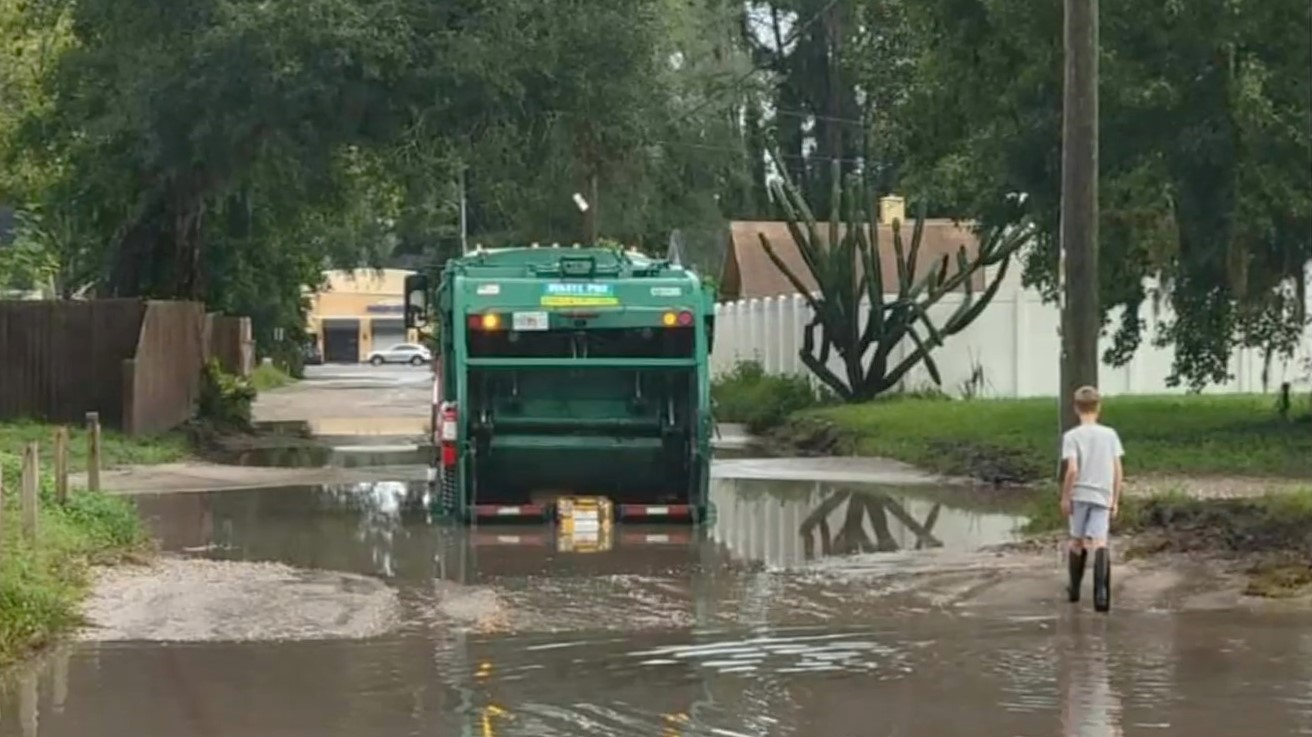Q: Jacksonville Today reader Stephen M. has a question about a neighborhood off Beach Boulevard that has no paved roads and experienced flooding during recent rains — again.
“Why does the Sans Pareil neighborhood still have dirt roads? Don’t they pay taxes? Can you elaborate?” he asks.
“Why does the Sans Pareil neighborhood still have dirt roads?”
A: The Sans Pareil neighborhood is a tightly knit suburban community of about a dozen streets south of Beach Boulevard between Interstate 95 and Kernan Boulevard. Almost all of those streets are dirt, except for a small part of Sans Pareil Street near Beach Boulevard.
For decades, residents have complained about how some of their streets flood. After the foot or more of rainin September, parts of those roads became impassable.
City Hall spokesman Phillip Perry says the city frequently receives paving and/or grading requests from property owners in the Sans Pareil neighborhood. Unfortunately, he says, the city has never accepted the unpaved rights of way in the Sans Pareil area for maintenance. So the property owners on those streets must maintain them “in a passable condition,” Perry writes in an email.
“The city of Jacksonville (or any other Florida city) is only responsible for maintaining those rights of way (streets/roads and drainage) which are built to their standards, inspected and accepted for maintenance. Streets in this subdivision were not constructed to our standards, inspected or accepted,” Perry writes. “Accordingly, the city assumes no responsibility for roadway and drainage maintenance or improvements within these sections of right of way.”
The city uses this Florida Statute as a guideline for maintenance and responsibility decisions, Perry says.
If Sans Pareil’s property owners want the city to improve or maintain the streets, they have to submit a petition to the city in accordance with Special Assessment Ordinance 2005-157-E.
For that to be successful, two-thirds of all abutting property owners must agree to pay two-thirds of the planning, design and construction costs. The city would pay the remaining one-third of the costs. But in order for the city to participate, the street must meet city requirements — if not, all the cost is on the property owners.
“Keep in mind, people who buy properties in developed subdivisions with paved streets, enclosed drainage, water/sewer service and lighting pay 100% of the developer’s cost for the design, permitting and construction of the infrastructure improvements,” Perry writes. “The city does not pay one-third of these costs like we do for paving petition projects that meet the requirements of ordinance 2003-280.”
In addition, the abutting property owners have to donate right of way needed to bring the roadways up to city requirements. That usually requires 60 feet of right of way, plus property for treatment ponds, if they are required. Dead-end streets can be approved at 50 feet wide, but they also require the construction of cul-de-sacs.
The rights of way in Sans Pareil are about 30 feet wide. So each property owner would likely have to donate a minimum of 10 feet of frontage and possibly up to 15 feet, Perry says. This could hurt many properties, he says, including the loss of some fences and landscaping.
The cost could be up to $1,080 per foot of roadway, or up to $360 per foot of property frontage for each property owner, assuming the city participates in the cost. If a property has 100 feet of frontage, the cost could be up to $36,000, Perry says.







